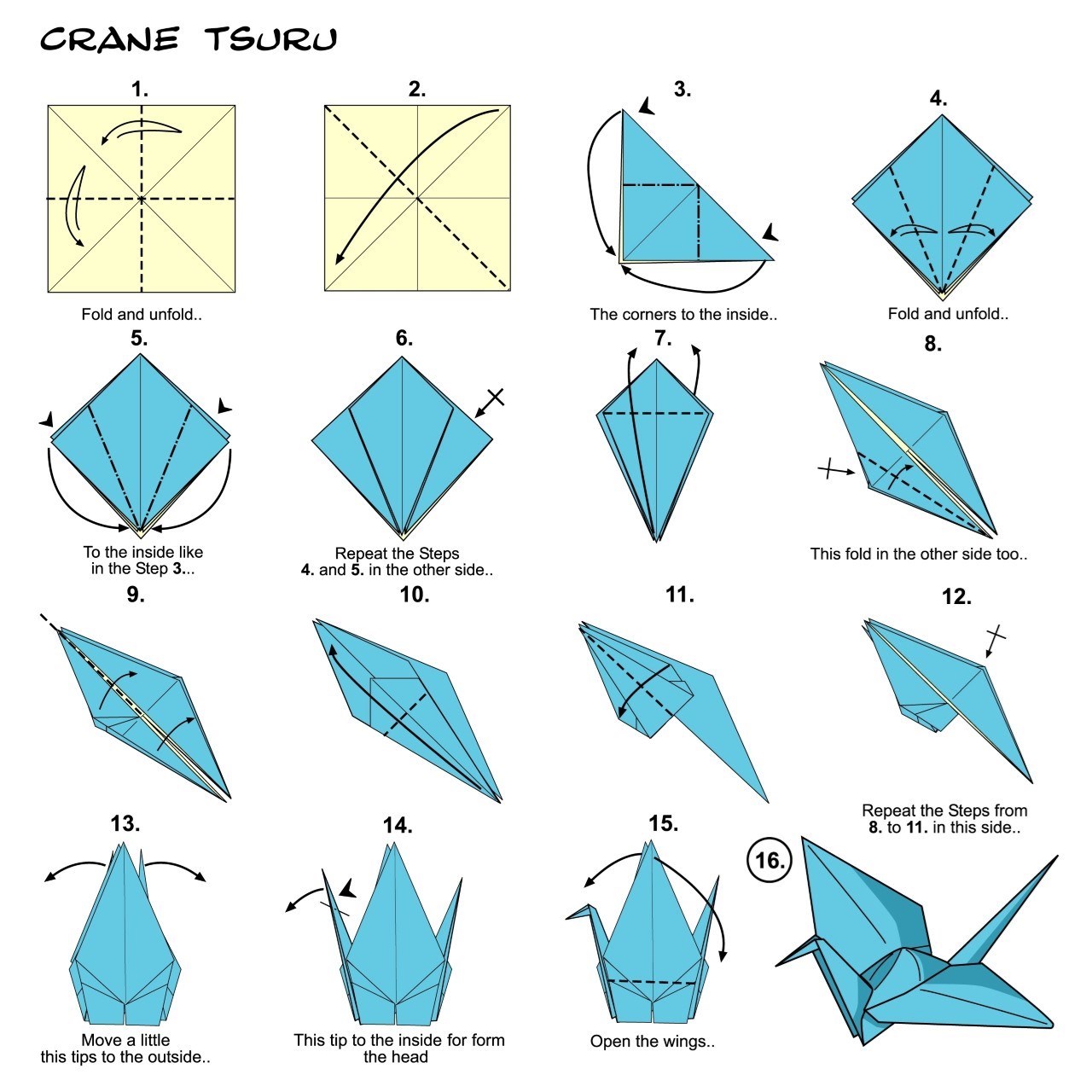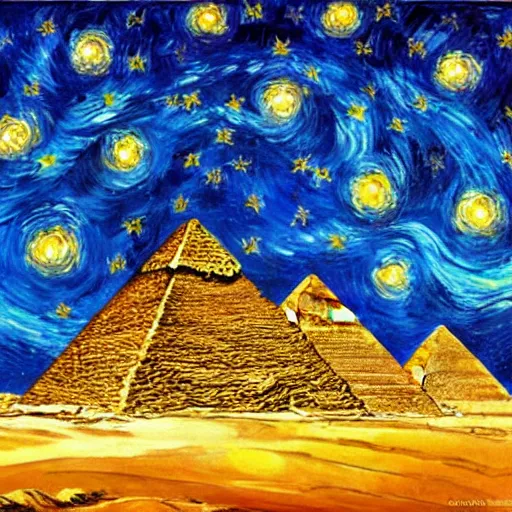Week 2- Math + Art
Before starting this class if I were to be asked if I see art and math as having a connection I would have said yes because back in history class in 5th grade my teacher instructed us to create a map of the world and to do that I would have to know each grid's size by using a ruler and therefore using math in creating my art of a history map.
In the introduction of this week's lectures, Dr. Vesna said that the connection between Art and Science is mathematics and I feel like this is fairly true. when recalling all the previous courses I have taken as a Biology major I do see that the majority of the things that I saw in lectures or in my physics courses had to be done artistically to represent the science behind them. for example in physics when we talk about wavelengths that is a reference to noise and how different noises create different lengths of waves. This in hand is combining the art of math with the art of science. This also connects to one of the videos shown in this week's module which had people talk through a microphone and they were able to see their voice wavelengths as a function of time on a clock scale which is amazing and once again shows art as a science that is connected through mathematics.
In the TED talk by Robert Lang, we got to see another narrative of which art and science are connected through math and it was in the form of folding which is origami, he calls it a "symbol of liberation for artists" This essentially means that artists don't have to be held to the idea of having to do art a certain way but can express themselves through a different form in an 'unconventional' manner of doing art. This is in hand another way of combining art with science through mathematical form because one has to know how many folds and the angle at which they should fold to create the art that is being created.
References:
“Activity: Golden Ratio.” Leonardo Da Vinci - The Genius, www.mos.org/leonardo/activities/golden-ratio.html. Accessed 11 Apr. 2024.
Lang, Robert. “The Math and Magic of Origami | Robert Lang.” YouTube, YouTube, 31 July 2008, www.youtube.com/watch?v=NYKcOFQCeno.
Vesna, Victoria. “Mathematics-pt1-ZeroPerspectiveGoldenMean.mov.” YouTube, 9 April 2012, https://www.youtube.com/watch?v=mMmq5B1LKDg.
Selikoff, Nathan. "Playing at the intersection of interactivity, math, and code" Public Art Installation 2015, https://www.nathanselikoff.com/
Vesna, Victoria. “Math Intro” YouTube, 9 April 2012, https://youtu.be/eHiL9iskUWM?feature=shared




Comments
Post a Comment